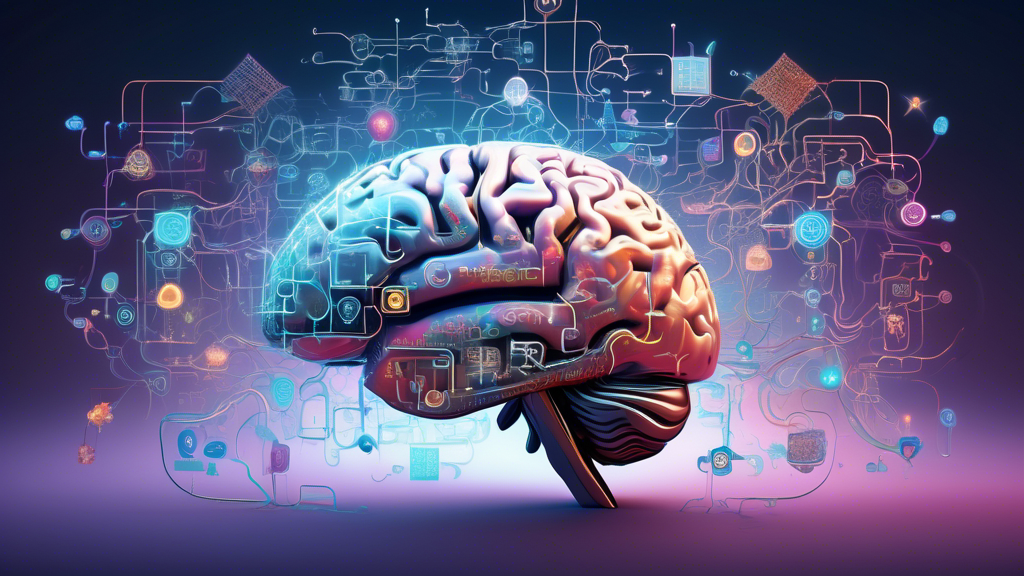Neuro Linguistic Programming
A term that seamlessly combines the complexity of neuroscience with the fluidity of language, entwining both in the quest for personal development and communication mastery. At its core, NLP is an approach to communication, personal development, and psychotherapy, created in the 1970s by Richard Bandler and John Grinder. It claims there is a connection between neurological processes, language, and behavioral patterns learned through experience, and that these can be changed to achieve specific goals in life.
Understanding NLP
NLP operates on the fundamental premise that the words we use reflect an inner, subconscious perception of our problems. If these words and perceptions are inaccurate, as they often can be, they will create obstacles in achieving our goals. NLP endeavors to bring these underlying beliefs to the forefront, challenge them, and ultimately replace them with more beneficial and empowering ones.
The Mechanisms of NLP
The intricacies of NLP are hinged upon its three core components:
- Neuro: This relates to our neurology and how we process experiences through our senses.
- Linguistic: This pertains to language and how we use it to interpret the world around us.
- Programming: This denotes the patterns of behavior and thought we’ve learned to regularly employ.
By amalgamating these aspects, NLP proposes that individuals can adopt new, more advantageous strategies to navigate life’s myriad challenges.
Techniques and Applications
One of the perplexing aspects of NLP is the sheer variety of techniques it encompasses, ranging from simple strategies like anchoring and framing to more complex processes like modeling excellence and strategy elicitation. These techniques are employed to facilitate personal change or improvement and have been applied in various sectors including therapy, education, business, and sports.
Anchoring
An anchoring technique involves creating a stimulus-response scenario. For instance, by associating a specific physical touch with a state of confidence, one can evoke that confidence by simply engaging in that physical touch.
Modeling
Modeling, on the other hand, is about replicating the behaviors, language, and beliefs of individuals who have achieved a level of excellence in a specific field. This is rooted in the idea that if one person can achieve something, it’s possible for others to learn and replicate the process to achieve similar outcomes.
Controversies and Criticisms
Despite its prevalence, NLP has been a subject of contention within the scientific community. Critics argue that the evidence backing NLP is anecdotal and lacks empirical support. Additionally, some of the concepts in NLP, such as the idea that eye movements can accurately reveal a person’s internal thoughts, have been debunked through rigorous scientific testing.
Conclusion
Neuro-Linguistic Programming remains an enigmatic entity within the realms of personal development and communication. While it promises profound transformations through its unique understanding of the human mind and language, it’s vital for individuals to approach it with a critical eye. Exploring NLP might offer insightful perspectives on self-improvement and communication, but embracing its techniques should be done with a consideration of the existing skepticism and a commitment to personal evidence-based practice.

